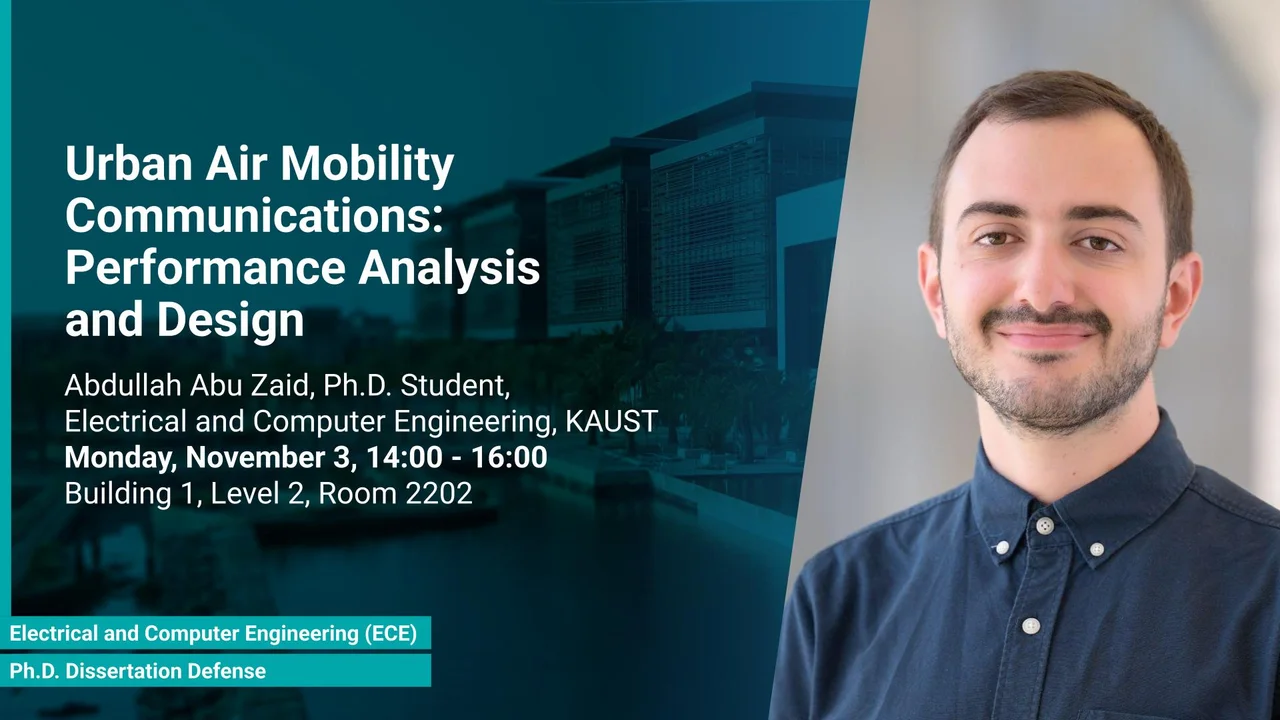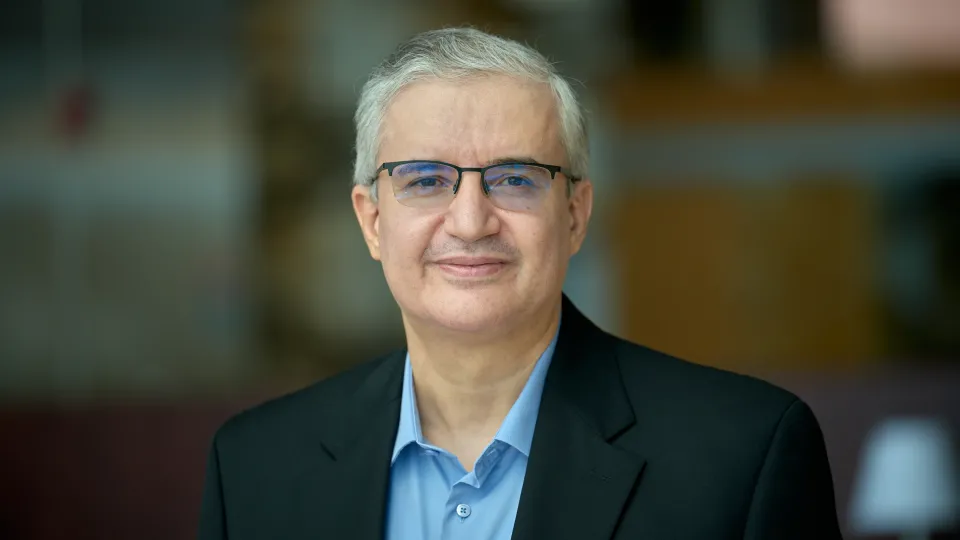
Urban Air Mobility Communications: Performance Analysis and Design
This dissertation develops a foundation for designing robust and reliable communication systems for urban air mobility (UAM), supporting the anticipated large-scale deployment of UAM in smart cities.
Overview
Urban air mobility (UAM) is garnering attention for its potential to revolutionize urban commuting, providing faster and more cost-effective solutions. Electric vertical takeoff and landing (eVTOL) aircraft are integral to realizing UAM, promising sustainable urban transportation and advancing smart city development. This dissertation makes four main contributions. First, it characterizes the communications, networking, and computing requirements of eVTOLs in UAM and identifies key technological enablers. Second, it develops a refined line-of-sight probability model for UAM air-to-ground links that accounts for the presence of ground users on roads. Third, using tools from stochastic geometry, it analyzes the performance of integrated aerial-terrestrial heterogeneous networks by deriving joint uplink/downlink coverage probability, demonstrating the advantages of using an integrated approach. Finally, it explores decoupled uplink/downlink association and derives coverage probabilities, demonstrating their potential to improve coverage and over a coupled approach. Together, these contributions provide a foundation for designing robust and reliable communication systems for UAM, supporting the anticipated large-scale deployment of UAM in smart cities.
Presenters
Brief Biography
Abdullah obtained his master's degree in Electrical and Computer Engineering from KAUST in 2021 and his bachelor's degree from The University of Jordan in 2020. During his engineering studies, he did research in wireless sensor networks and cognitive radio. In 2024, Abdullah won the best paper award at the Global Advanced Air Mobility Academic Paper competition, organized by the International Civil Aviation Organization (ICAO).

